Google's turning search into a conversation, and India is where the experiment goes live. The company has launched Search Live across the country and widened AI Mode to seven more Indian languages, a real shift in how people pull answers from the web. AI Mode now includes Bengali, Kannada, Malayalam, Marathi, Tamil, Telugu, and Urdu, according to Times of India. India is also the first country outside the US to get Search Live, as reported by Economic Times. People are already asking questions nearly three times longer than traditional searches, according to Google's blog.
Why India became the AI search testing ground
It is not a random choice. India represents Google's largest user base for voice and visual search, according to Google's official blog. Since AI Mode first launched in English and Hindi, adoption has been striking, with people using it for everything from academic research to travel planning, as noted by Times of India.
The country is mobile-first, which makes it ideal for testing. Over 75% of Google's Indian user base accesses content via mobile, according to AI Certs. Picture a student cramming on a crowded metro, or a traveler scanning a signboard at a bus station, phone in one hand. India's scale, its mix of languages, and comfort with voice and visual search create rich, real-world scenarios. Millions of enthusiastic testers, all day, every day.
Search Live transforms how we interact with information
Search Live reimagines what search can feel like. Instead of typing, scanning results, and clicking links, you speak, you point your camera, you keep the conversation going. In the kitchen with a handful of ingredients, you can point your phone and ask, “What's the best way to combine these to make an iced matcha?” Then you get immediate, step-by-step guidance, as demonstrated by Google.
Under the hood, the system uses a customized version of Gemini with enhanced voice capabilities, built on Google's existing search infrastructure to deliver reliable answers, according to Economic Times. It also runs quietly in the background, so you can hop into other apps and keep the search conversation going when you return, according to the same source. To try it, tap the Live icon in the Google app or choose Live in Google Lens.
AI Mode's linguistic breakthrough goes beyond translation
Adding seven Indian languages is not just flipping a translation switch. Google's custom Gemini model for Search is built to understand local nuance, so AI Mode can grasp context, cultural references, and the way people actually phrase things in each language, according to Google's blog. Ask about a restaurant in Hindi versus Tamil, you might structure the question differently, and the system aims to respond in kind.
The rollout begins in phases over the next week, as noted by Times of India. Previously limited to English and Hindi, AI Mode has seen “incredible” adoption, popping up in use cases from education to product comparisons, according to the same source.
What this means for the future of global search
India is a preview of where search is headed. The success of AI Mode and Search Live in a multilingual, mobile-first environment will shape features everywhere. Google is expanding AI Mode across more than 180 countries and territories, as reported by Engadget. The company has also added support for languages like Hindi, Indonesian, Japanese, Korean, and Brazilian Portuguese in other markets, showing how ideas tested in India scale globally.
Search is inching closer to a chat with a knowledgeable friend, not a box for keywords. The questions Indian users ask, the multimodal habits that stick, the features that solve real problems, all of it feeds back into better search for everyone. My hunch, what works on the streets of Bengaluru or the lanes of Pune today will influence how people search in São Paulo, Lagos, or Jakarta tomorrow.
As these AI features mature and spread, India’s role as a testing ground only gets more important. A diverse, mobile-first, multilingual population offers the right stress test for AI search across cultures, languages, and use cases. If it clicks in India, it has a real shot at becoming the norm elsewhere.




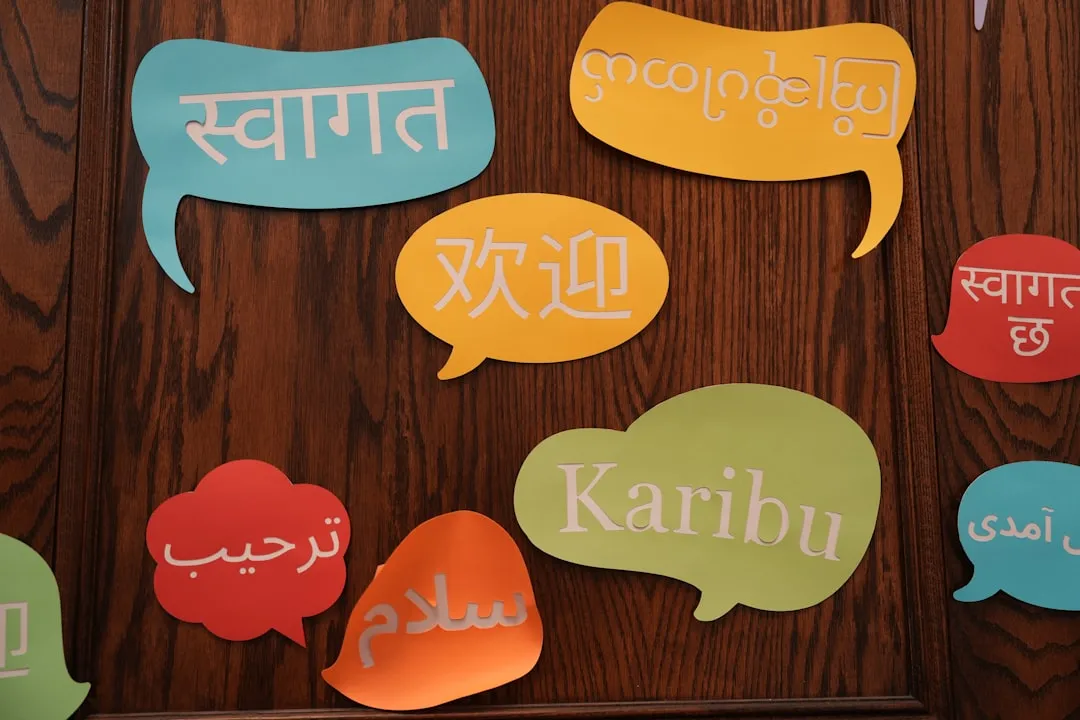





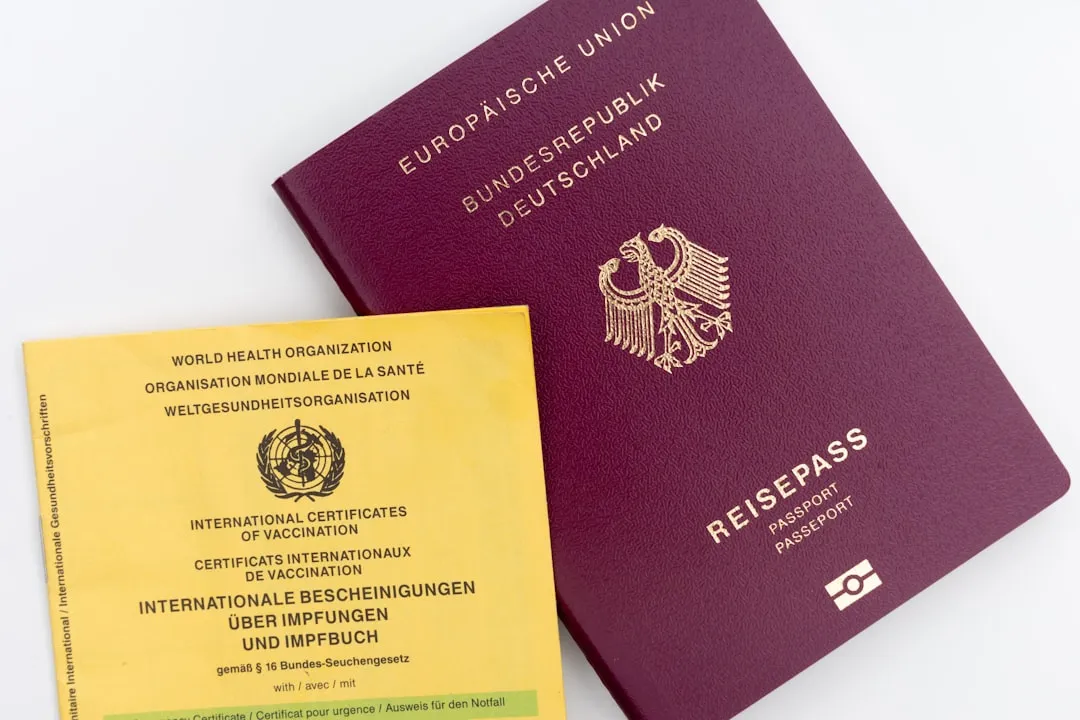





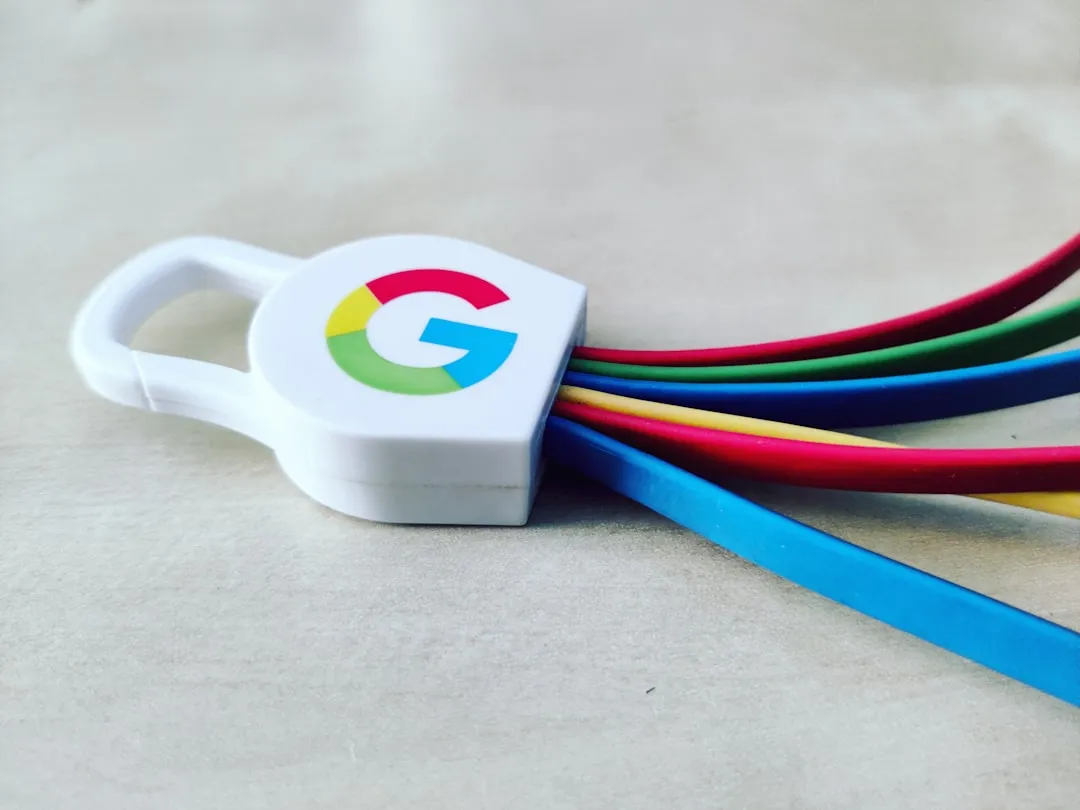
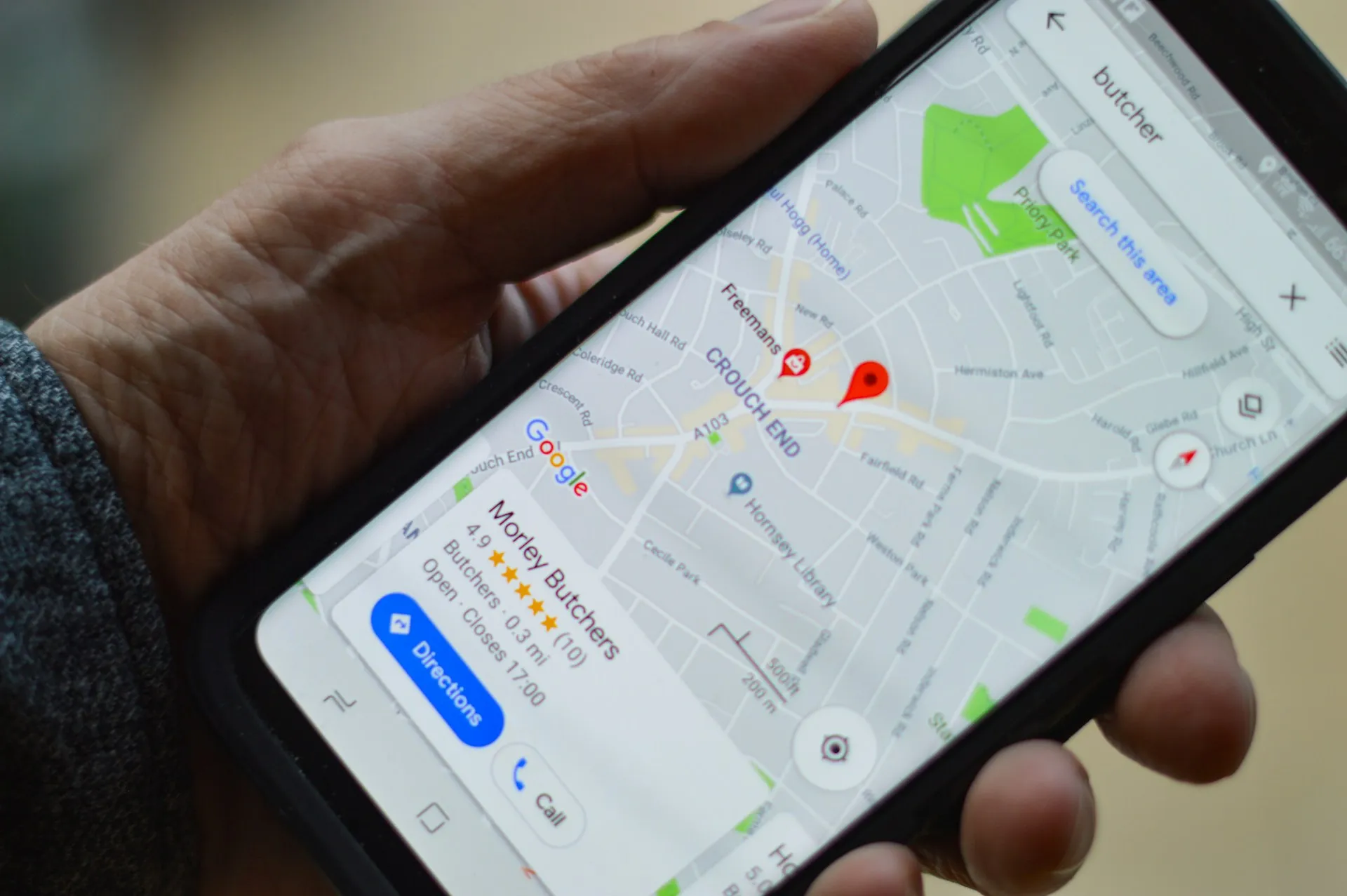

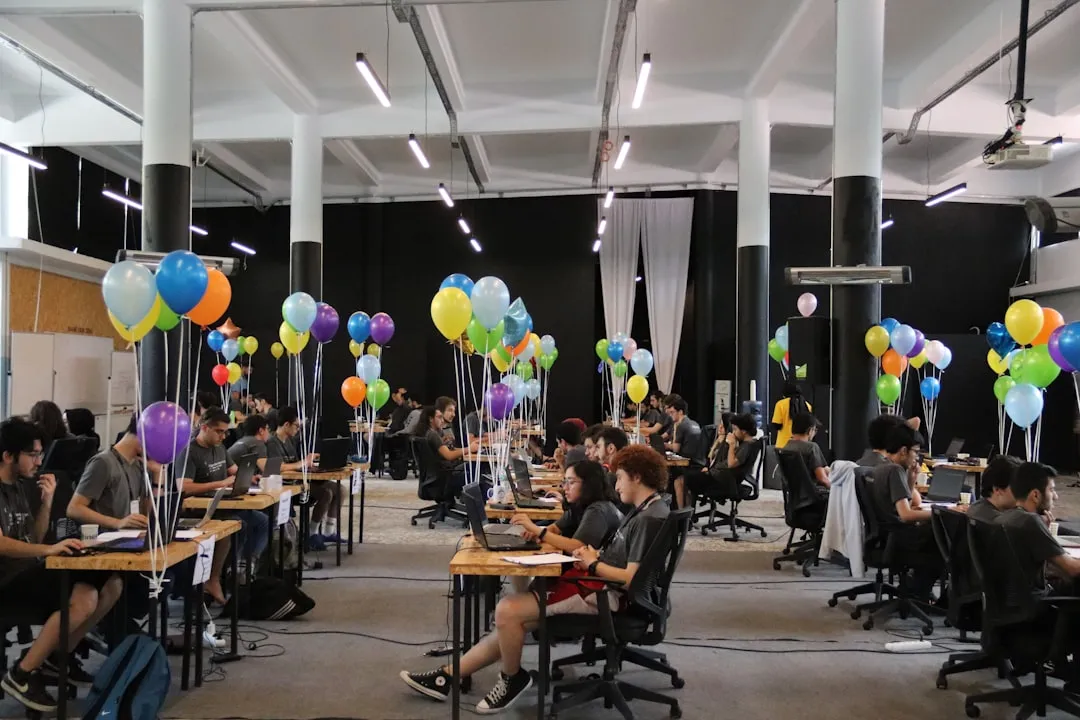
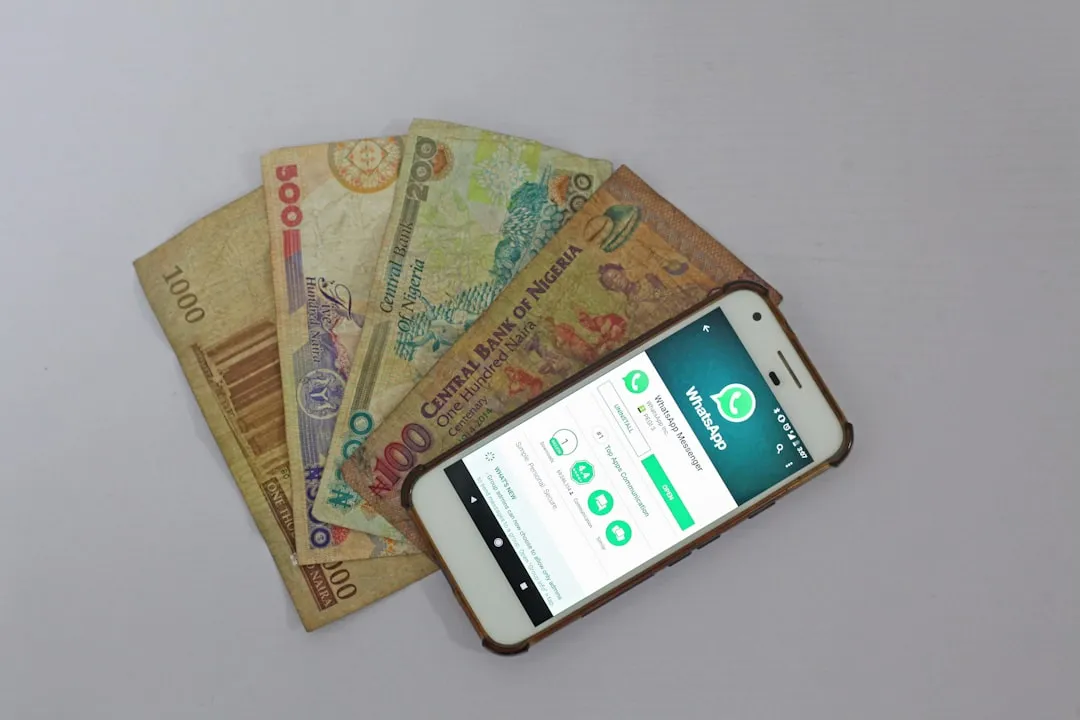


Comments
Be the first, drop a comment!